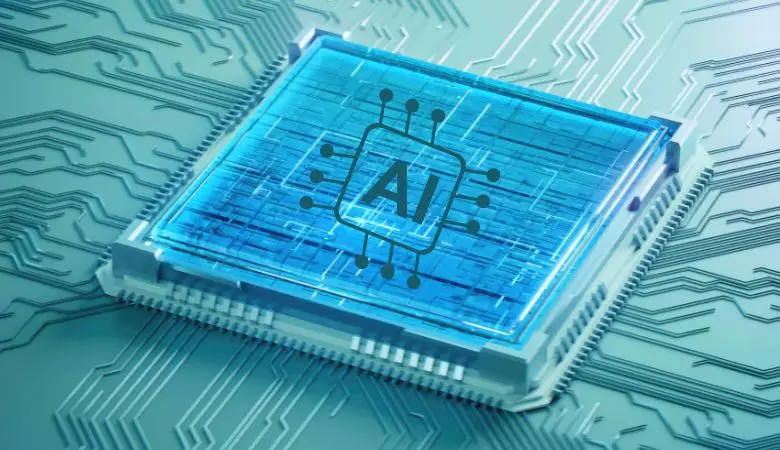Machine Learning What is it, and How Does it Work?

The capacity that machines currently have to learn by themselves is present in many aspects of daily life. For this reason, it is known that Machine Learning is behind every action in the movie recommendations of the different digital platforms, in the voice recognition of virtual assistants, in the prowess of autonomous cars, etc.
In this post, we want to talk to you about this curious technology and explain how it works. What is it? Machine Learning (automatic learning) is a branch of artificial intelligence that opens the doors for machines to learn automatically without needing to be specially programmed.
This is an essential skill to build systems capable of identifying patterns in data to make predictions. This technology is currently present in many applications, such as Spotify or Netflix recommendations, as well as Gmail’s intelligent responses or conversations with Alexa or Siri.
Machine Learning is a pattern recognition specialist and can transform a data sample into a computer program capable of absorbing inferences from new data sets for which it has not been previously designed or trained. This learning ability is also used for search engine optimization, medical diagnostics, robotics, or even credit card fraud detection.
Although this technology is currently in vogue thanks to the fact that, for example, it can efficiently solve Rubik’s cubes, its origin dates back to the last century.
How does it work?
By nature, Machine Learning employs two types of techniques:
Supervised learning: Which trains a model on known input and output data so that it is later apt to predict future outcomes.
Unsupervised learning: Finds hidden patterns or intrinsic structures in different input data.
Machine Learning: Supervised learning
This specific learning develops a model that makes predictions based on uncertain evidence. Such a learning algorithm takes a known set of input data and known responses to the output data and trains a model to create reasonable predictions for the answer to new data. Supervised learning can be applied if you have known data for the output you are trying to predict. Supervised learning uses classification and regression techniques to create predictive models.
Classification Techniques: These predict discrete responses, for example, whether an email is entirely genuine or spam or whether a tumour in a person’s body is benign or malignant.
Classification models classify input data: Everyday applications include medical imaging, credit scoring, and speech recognition.
Regression: Regression techniques are capable of predicting continuous responses, for example, fluctuations in energy demand and changes in temperature, among others. Typical applications include electrical charge prediction and algorithmic trading. You can use regression techniques if you are working within a range of data or if the nature of your answer is a genuine number, such as temperature.
Unsupervised Machine Learning: This type of learning finds hidden patterns or internal and essential structures in the data. It is used to draw inferences on data sets based on input data without labelled responses.
The most common unsupervised learning technique is Clustering, and it is used for exploratory data analysis to find hidden patterns or clusters in the data.
Applications for the study of collections include gene sequence analysis, market research, and purpose recognition.
Machine Learning vs Artificial Intelligence
Continuing with the theme of Machine Learning, we want to give you an example of buying Artificial Intelligence and Machine Learning, which are the concepts that are most often confused: An example of Artificial Intelligence is when we talk to our mobile’s voice assistant and ask what the temperature will be in a specific city.
What Artificial Intelligence then does is transform the voice signal into text, which is converted to binary code and sent to a server, then waits for a response and said response is re-encoded and changed to a voice signal that comes out through the mobile answering the question we had asked.
The machine is making life easier for us humans
A clear example of Machine Learning would be classifying different animal sounds in such a way that, with the sound of an animal, you can easily detect which animal it is. For this, we would have to train an algorithm with a lot of data from these animals, and once it is trained and qualified, in theory, it should work with every one of the animals that it has never heard of and thus be able to classify them correctly.
In conclusion, Machine Learning is a technology that revolutionized the use of applications and our daily lives. Through its use, our lives have become more accessible. Without realizing it, we depend on it daily, from simply listening to a recommendation that appears on Spotify or viewing a video similar to the ones we like through YouTube.






